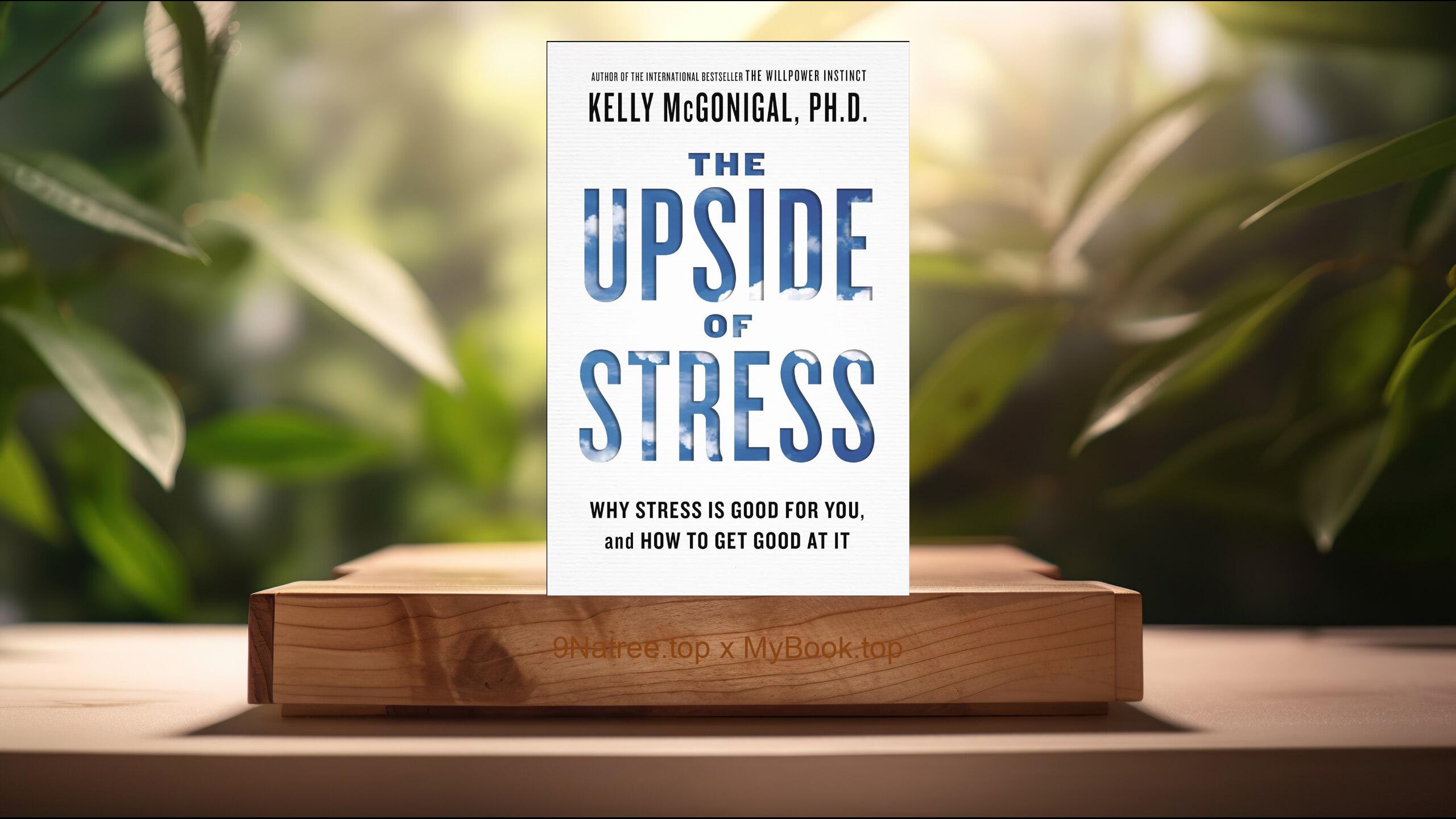Show Notes
Buy on Amazon: https://www.amazon.com/dp/B0131HGPQQ?tag=9natree-20
Read more: https://mybook.top/read/B0131HGPQQ/
#ForecastingSkills #ProbabilisticThinking #CognitiveBiases #ContinuousLearning #CollaborativeIntelligence #DecisionMaking #Superforecasters
These are takeaways from this book.
Firstly, The Psychology of Forecasting, The psychology behind forecasting delves into how individuals process information, assess probabilities, and make predictions about future events. Tetlock's research highlights the cognitive biases that often hinder accurate forecasting, such as overconfidence and the confirmation bias, where forecasters seek out information that confirms their preconceptions while ignoring contradictory evidence. The book emphasizes the importance of adopting an open-minded, self-critical approach and being willing to update beliefs in light of new evidence. Superforecasters tend to exhibit higher levels of humility, curiosity, and a willingness to learn from mistakes, traits that significantly contribute to their superior predictive abilities.
Secondly, The Importance of Probabilistic Thinking, One key insight from 'Superforecasting' is the significance of probabilistic thinking in making accurate predictions. Unlike the binary outcomes often expected from predictions (yes or no, win or lose), superforecasters express their forecasts in terms of probabilities. This nuanced approach allows for a more flexible and dynamic understanding of future possibilities. The book demonstrates how assigning specific probabilities to different outcomes can improve the accuracy and reliability of forecasts by forcing the forecaster to systematically evaluate the likelihood of various scenarios. Probabilistic thinking also enables forecasters to continuously adjust their predictions as new information becomes available.
Thirdly, The Role of Teamwork and Collaboration, Tetlock and Gardner highlight the value of teamwork and collaboration among superforecasters. They found that when individuals work in teams, they can challenge each other's assumptions, share diverse perspectives, and collaboratively refine their predictions. This process of collective intelligence often leads to more accurate forecasts than those produced by individuals working alone. The book underscores the importance of creating an environment where open dialogue, constructive criticism, and the exchange of ideas are encouraged. Furthermore, it suggests practical ways to foster such collaborative dynamics, including the use of technology platforms that enable efficient communication and knowledge sharing among forecasters.
Fourthly, Continuous Learning and Feedback, Continuous learning and immediate feedback are central to the improvement of forecasting skills. 'Superforecasting' illustrates how superforecasters treat their predictions as hypotheses to be tested, rather than definitive statements about the future. They actively seek out feedback on their predictions' outcomes to learn from both their successes and failures. This iterative process allows forecasters to refine their judgment and improve their prediction accuracy over time. Tetlock emphasizes the necessity of keeping detailed records of predictions and their outcomes to facilitate this learning process, enabling forecasters to analyze their performance and identify areas for improvement.
Lastly, The Ethical Implications of Forecasting, The final critical topic discussed in 'Superforecasting' involves the ethical implications of forecasting. Tetlock and Gardner explore the moral responsibilities that come with the power to predict future events, particularly in fields like politics, economics, and public health. The book prompts readers to consider the consequences of their forecasts on decision-making and public policy, emphasizing the need for forecasters to strive for accuracy and honesty in their predictions. Additionally, it discusses the ethical considerations of using forecasting in competitive or adversarial contexts, such as financial markets or national security, and the importance of maintaining integrity and transparency in the forecasting process.
In conclusion, For anyone interested in decision-making, cognitive science, or the unpredictability of the future, 'Superforecasting: The Art and Science of Prediction' offers invaluable insights into improving one's forecasting ability. Through its exploration of the characteristics and practices of superforecasters, the book lays out a roadmap for enhancing our cognitive skills in an uncertain world. It underscores the importance of adopting a mindset of humility, continuous learning, and probabilistic thinking. Whether you are a professional in a field that relies on accurate predictions, a policy maker, a business leader, or simply an individual keen on improving your personal decision-making, this book provides practical tools that can benefit your life. By applying the principles outlined by Tetlock and Gardner, readers can not only improve their predictive accuracy but also foster a more critical and open-minded approach to navigating the complexities of the future.
![[Review] Superforecasting: The Art and Science of Prediction (Philip Tetlock) Summarized](https://episodes.castos.com/660078c6833215-59505987/images/1699860/c1a-085k3-gdqq21gmhw61-mbc5mt.jpg)




